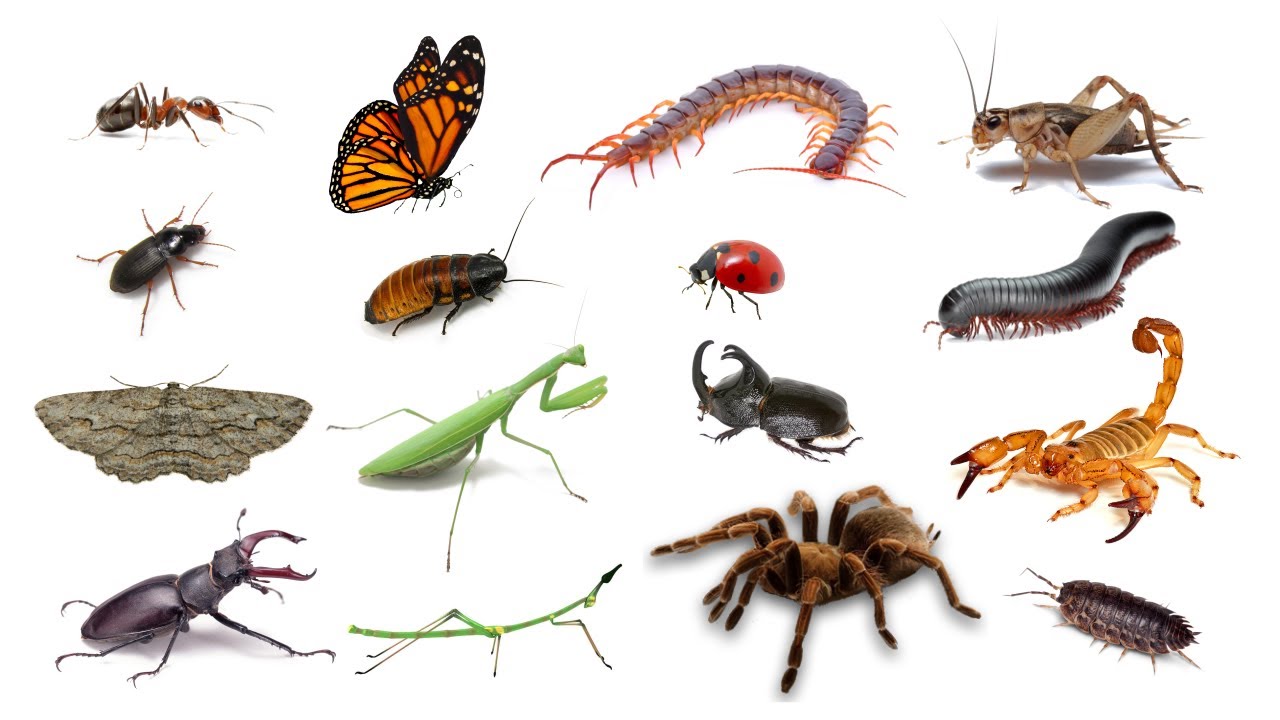Are Bugs Animals

In the vast tapestry of life on Earth, there exists a realm that often escapes our notice but plays a vital role in ecosystems worldwide—the realm of invertebrates. Among these, the diverse group of organisms collectively referred to as “bugs” encompasses a wide array of species, each with its own unique characteristics and ecological significance. From the industrious ants that build elaborate colonies to the elusive beetles that inhabit every corner of the globe, these creatures form an essential part of the intricate web of life. In this article, we delve into the fascinating world of bugs, exploring their biology, behavior, and ecological roles.
Understanding the Classification:
Before delving into the intricacies of bug biology, it’s essential to understand the classification of these organisms. In the animal kingdom, bugs belong to the phylum Arthropoda, which includes insects, arachnids, myriapods, and crustaceans. Within this diverse phylum, insects constitute the largest group, with over a million described species, followed by arachnids, which include spiders, scorpions, and ticks. Other notable arthropods include crustaceans like crabs and lobsters, as well as myriapods such as centipedes and millipedes.
Biodiversity and Adaptations:
One of the most remarkable aspects of bugs is their incredible biodiversity and adaptability. From the tropical rainforests to the icy tundra, bugs have colonized virtually every habitat on Earth. This success can be attributed to their diverse array of adaptations, including specialized appendages for locomotion, unique feeding mechanisms, and intricate communication systems. For example, the leafcutter ant, found in Central and South America, has evolved complex social structures and farming practices, cultivating fungi as a food source within their colonies.
Ecological Significance:
Despite their small size, bugs play a crucial role in ecosystems worldwide. As primary consumers, many insects and other invertebrates serve as food sources for larger animals, forming the foundation of various food chains. Additionally, bugs contribute to nutrient cycling and decomposition processes, breaking down organic matter and recycling nutrients back into the environment. For example, dung beetles play a vital role in nutrient cycling by feeding on feces and facilitating its decomposition, which enriches the soil and promotes plant growth.
Economic and Agricultural Importance:
In addition to their ecological significance, bugs also hold considerable economic importance, both positive and negative. While some insects, such as bees, are essential pollinators that contribute to agricultural productivity and biodiversity, others can cause significant damage to crops and structures. For example, pests like the Colorado potato beetle and the Asian citrus psyllid pose significant threats to agricultural production, leading to crop losses and increased pest management efforts.
Challenges and Conservation:
Despite their ecological and economic importance, bugs face numerous threats, including habitat loss, climate change, and pesticide use. In recent years, declines in insect populations have raised concerns among scientists and conservationists, highlighting the need for concerted efforts to protect these vital organisms. Conservation initiatives aimed at preserving insect habitats, reducing pesticide use, and promoting sustainable agriculture are crucial for safeguarding bug biodiversity and ecosystem health.
Conclusion:
Bugs are fascinating creatures that play essential roles in ecosystems worldwide. From their incredible biodiversity and adaptability to their ecological and economic significance, bugs have captured the curiosity of scientists and nature enthusiasts alike. As we continue to explore and understand the intricate world of invertebrates, it becomes increasingly clear that protecting bug biodiversity is crucial for maintaining the health and balance of our planet’s ecosystems. By recognizing the importance of bugs and implementing conservation measures, we can ensure a brighter future for both these remarkable creatures and the ecosystems they inhabit.
